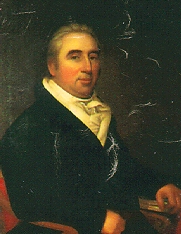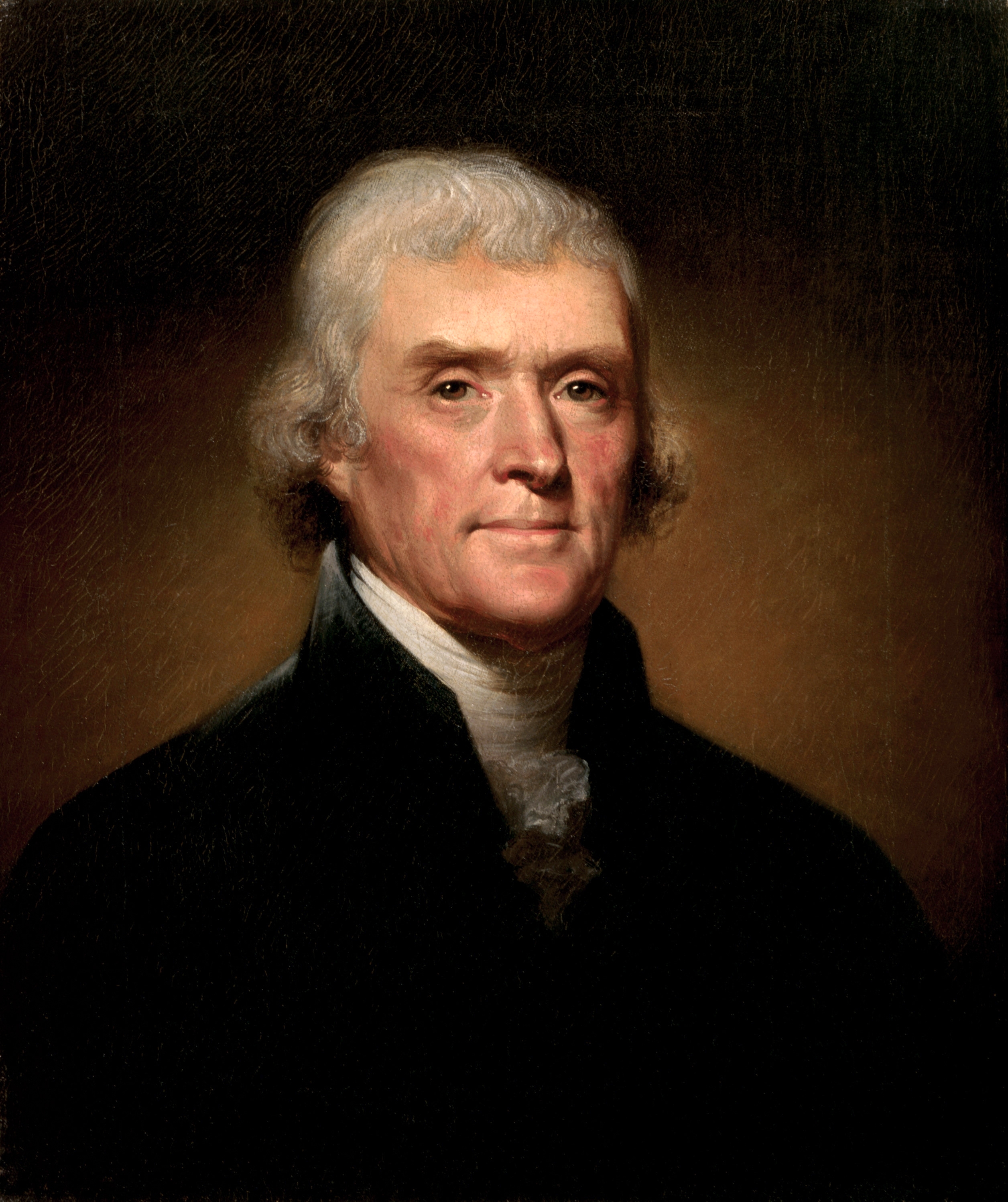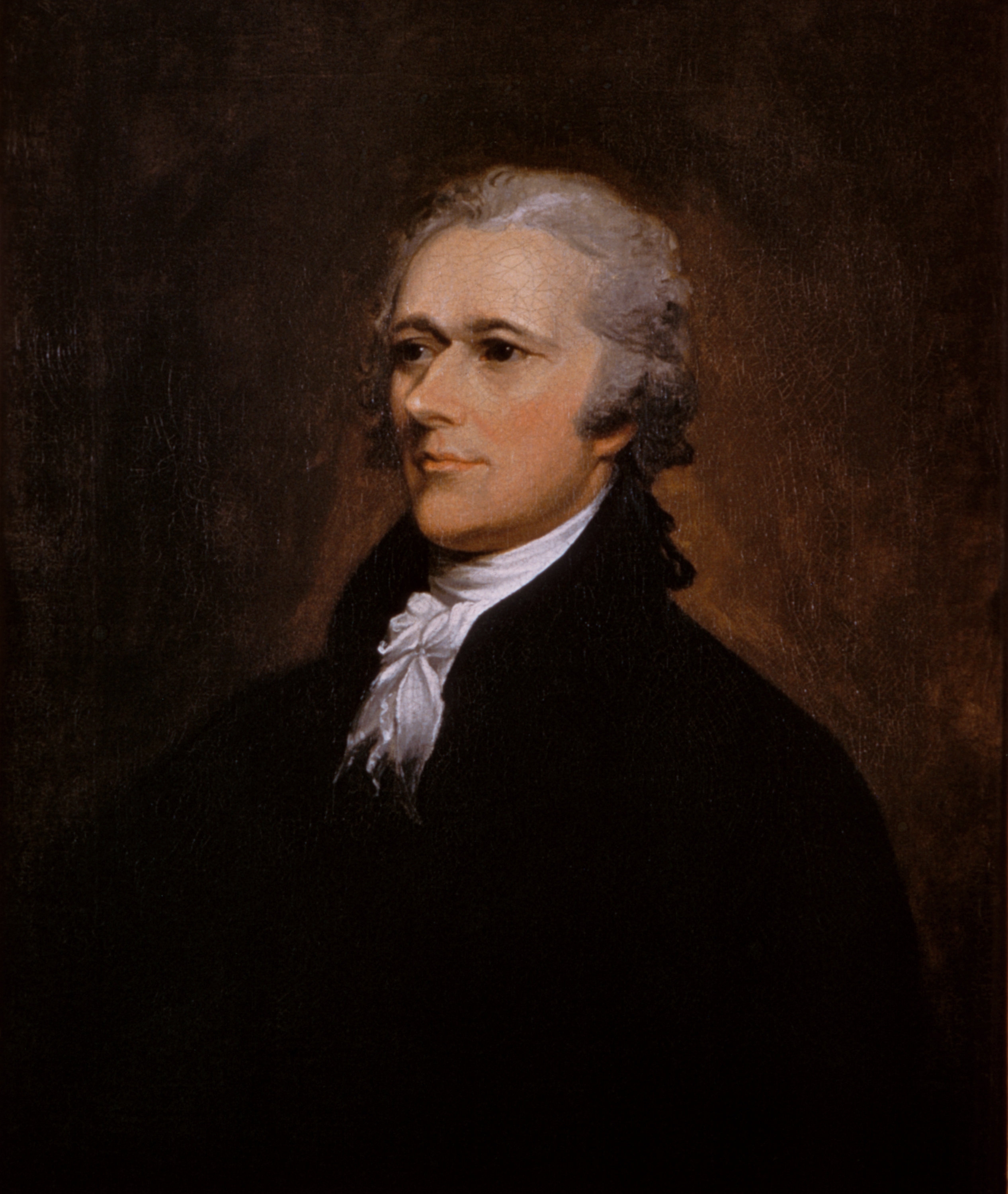|
Judiciary Act Of 1801
The Midnight Judges Act (also known as the Judiciary Act of 1801; , and officially An act to provide for the more convenient organization of the Courts of the United States) represented an effort to solve an issue in the U.S. Supreme Court during the early 19th century. There was concern, beginning in 1789, about the system that required the Justices of the Supreme Court to "ride circuit" and reiterate decisions made in the appellate level courts.Turner, Katheryn. "Republican Policy and the Judiciary Act of." William and Mary Quarterly, 3rd ser., 22. January 1965. New York: Columbia University Press, 1992. Page 5. The Supreme Court Justices had often expressed concern and suggested that the judges of the Supreme and circuit courts be divided. The Act was repealed by Congress on January 22, 1802. Effect on judicial divisions and authority The Act became law on February 13, 1801 and reduced the number of seats on the Supreme Court from 6 to 5, effective upon the next vacancy in t ... [...More Info...] [...Related Items...] OR: [Wikipedia] [Google] [Baidu] |
Supreme Court Of The United States
The Supreme Court of the United States (SCOTUS) is the highest court in the federal judiciary of the United States. It has ultimate appellate jurisdiction over all U.S. federal court cases, and over state court cases that involve a point of federal law. It also has original jurisdiction over a narrow range of cases, specifically "all Cases affecting Ambassadors, other public Ministers and Consuls, and those in which a State shall be Party." The court holds the power of judicial review, the ability to invalidate a statute for violating a provision of the Constitution. It is also able to strike down presidential directives for violating either the Constitution or statutory law. However, it may act only within the context of a case in an area of law over which it has jurisdiction. The court may decide cases having political overtones, but has ruled that it does not have power to decide non-justiciable political questions. Established by Article Three of the United States ... [...More Info...] [...Related Items...] OR: [Wikipedia] [Google] [Baidu] |
Federal Question Jurisdiction
In United States law, federal question jurisdiction is a type of subject-matter jurisdiction that gives United States federal courts the power to hear civil cases where the plaintiff alleges a violation of the United States Constitution, federal law, or a treaty to which the United States is a party. The federal question jurisdiction statute is codified at . Statute Overview Article III of the United States Constitution permits federal courts to hear such cases, so long as the United States Congress passes a statute to that effect. However, when Congress passed the Judiciary Act of 1789, which authorized the newly created federal courts to hear such cases, it initially chose not to allow the lower federal courts to possess federal question jurisdiction for fear that it would make the courts too powerful. The Federalists briefly created such jurisdiction in the Judiciary Act of 1801, but it was repealed the following year, and not restored until 1875. Unlike diversity jurisdic ... [...More Info...] [...Related Items...] OR: [Wikipedia] [Google] [Baidu] |
Judiciary Act Of 1789
The Judiciary Act of 1789 (ch. 20, ) was a United States federal statute enacted on September 24, 1789, during the first session of the First United States Congress. It established the federal judiciary of the United States. Article III, Section 1 of the Constitution prescribed that the "judicial power of the United States, shall be vested in one Supreme Court, and such inferior Courts" as Congress saw fit to establish. It made no provision for the composition or procedures of any of the courts, leaving this to Congress to decide. The existence of a separate federal judiciary had been controversial during the debates over the ratification of the Constitution. Anti-Federalists had denounced the judicial power as a potential instrument of national tyranny. Indeed, of the ten amendments that eventually became the Bill of Rights, five (the fourth through the eighth) dealt primarily with judicial proceedings. Even after ratification, some opponents of a strong judiciary urged th ... [...More Info...] [...Related Items...] OR: [Wikipedia] [Google] [Baidu] |
Mandamus
(; ) is a judicial remedy in the form of an order from a court to any government, subordinate court, corporation, or public authority, to do (or forbear from doing) some specific act which that body is obliged under law to do (or refrain from doing), and which is in the nature of public duty, and in certain cases one of a statutory duty. It cannot be issued to compel an authority to do something against statutory provision. For example, it cannot be used to force a lower court to take a specific action on applications that have been made, but if the court refuses to rule one way or the other then a mandamus can be used to order the court to rule on the applications. Mandamus may be a command to do an administrative action or not to take a particular action, and it is supplemented by legal rights. In the American legal system it must be a judicially enforceable and legally protected right before one suffering a grievance can ask for a mandamus. A person can be said to be aggrie ... [...More Info...] [...Related Items...] OR: [Wikipedia] [Google] [Baidu] |
James Madison
James Madison Jr. (March 16, 1751June 28, 1836) was an American statesman, diplomat, and Founding Father. He served as the fourth president of the United States from 1809 to 1817. Madison is hailed as the "Father of the Constitution" for his pivotal role in drafting and promoting the Constitution of the United States and the Bill of Rights. Madison was born into a prominent slave-owning planter family in Virginia. He served as a member of the Virginia House of Delegates and the Continental Congress during and after the American Revolutionary War. Unsatisfied with the weak national government established by the Articles of Confederation, he helped organize the Constitutional Convention, which produced a new constitution. Madison's Virginia Plan was the basis for the Convention's deliberations, and he was an influential voice at the convention. He became one of the leaders in the movement to ratify the Constitution, and joined Alexander Hamilton and John Jay in writing '' ... [...More Info...] [...Related Items...] OR: [Wikipedia] [Google] [Baidu] |
Justice Of The Peace
A justice of the peace (JP) is a judicial officer of a lower or ''puisne'' court, elected or appointed by means of a commission ( letters patent) to keep the peace. In past centuries the term commissioner of the peace was often used with the same meaning. Depending on the jurisdiction, such justices dispense summary justice or merely deal with local administrative applications in common law jurisdictions. Justices of the peace are appointed or elected from the citizens of the jurisdiction in which they serve, and are (or were) usually not required to have any formal legal education in order to qualify for the office. Some jurisdictions have varying forms of training for JPs. History In 1195, Richard I ("the Lionheart") of England and his Minister Hubert Walter commissioned certain knights to preserve the peace in unruly areas. They were responsible to the King in ensuring that the law was upheld and preserving the " King's peace". Therefore, they were known as "keepers of th ... [...More Info...] [...Related Items...] OR: [Wikipedia] [Google] [Baidu] |
William Marbury
William Marbury (November 7, 1762 – March 13, 1835) was a highly successful American businessman and one of the "Midnight Judges" appointed by United States President John Adams the day before he left office. He was the plaintiff in the landmark 1803 Supreme Court case ''Marbury v. Madison''. Background Marbury, son of William and Martha (Marlowe) Marbury, was born November 7, 1762 in Piscataway, Maryland. He spent most of his early life in Maryland around his home. Career Marbury became a Georgetown businessman and member of the Federalist Party. In an effort to prevent the incoming party from dismantling his Federalist Party-dominated government, Adams issued 42 judicial appointments, including Marbury's as Justice of the Peace in the District of Columbia, on March 3, 1801, the day before he turned his government over to incoming President Thomas Jefferson. Marbury had actively campaigned for Adams (and against Jefferson) in the presidential election of 1800. Jefferson refu ... [...More Info...] [...Related Items...] OR: [Wikipedia] [Google] [Baidu] |
Alexander Hamilton
Alexander Hamilton (January 11, 1755 or 1757July 12, 1804) was an American military officer, statesman, and Founding Father who served as the first United States secretary of the treasury from 1789 to 1795. Born out of wedlock in Charlestown, Nevis, Hamilton was orphaned as a child and taken in by a prosperous merchant. He pursued his education in New York before serving as an artillery officer in the American Revolutionary War. Hamilton saw action in the New York and New Jersey campaign, served for years as an aide to General George Washington, and helped secure American victory at the Siege of Yorktown. After the war, Hamilton served as a delegate from New York to the Congress of the Confederation. He resigned to practice law and founded the Bank of New York. In 1786, Hamilton led the Annapolis Convention to replace the Articles of Confederation with the Constitution of the United States, which he helped ratify by writing 51 of the 85 installments of ''The Federalist ... [...More Info...] [...Related Items...] OR: [Wikipedia] [Google] [Baidu] |
Virginia And Kentucky Resolutions
The Virginia and Kentucky Resolutions were political statements drafted in 1798 and 1799 in which the Kentucky and Virginia legislatures took the position that the federal Alien and Sedition Acts were unconstitutional. The resolutions argued that the states had the right and the duty to declare unconstitutional those acts of Congress that the Constitution did not authorize. In doing so, they argued for states' rights and strict construction of the Constitution. The Kentucky and Virginia Resolutions of 1798 were written secretly by Vice President Thomas Jefferson and James Madison, respectively. The principles stated in the resolutions became known as the "Principles of '98". Adherents argued that the states could judge the constitutionality of central government laws and decrees. The Kentucky Resolutions of 1798 argued that each individual state has the power to declare that federal laws are unconstitutional and void. The Kentucky Resolution of 1799 added that when the states ... [...More Info...] [...Related Items...] OR: [Wikipedia] [Google] [Baidu] |
Alien And Sedition Acts
The Alien and Sedition Acts were a set of four laws enacted in 1798 that applied restrictions to immigration and speech in the United States. The Naturalization Act increased the requirements to seek citizenship, the Alien Friends Act allowed the president to imprison and deport non-citizens, the Alien Enemies Act gave the president additional powers to detain non-citizens during times of war, and the Sedition Act criminalized false and malicious statements about the federal government. The Alien Friends Act and the Sedition Act expired after a set number of years, and the Naturalization Act was repealed in 1802. The Alien Enemies Act is still in effect. The Alien and Sedition Acts were controversial. They were supported by the Federalist Party, and supporters argued that the bills strengthened national security during the Quasi-War, an undeclared naval war with France from 1798 to 1800. The acts were denounced by Democratic-Republicans as suppression of voters and violation of ... [...More Info...] [...Related Items...] OR: [Wikipedia] [Google] [Baidu] |
Democratic-Republican Party
The Democratic-Republican Party, known at the time as the Republican Party and also referred to as the Jeffersonian Republican Party among other names, was an American political party founded by Thomas Jefferson and James Madison in the early 1790s that championed republicanism, agrarianism, political equality, and expansionism. The party became increasingly dominant after the 1800 elections as the opposing Federalist Party collapsed. The Democratic-Republicans splintered during the 1824 presidential election. The majority faction of the Democratic-Republicans eventually coalesced into the modern Democratic Party, while the minority faction ultimately formed the core of what became the Whig Party. The Democratic-Republican Party originated as a faction in Congress that opposed the centralizing policies of Alexander Hamilton, who served as Secretary of the Treasury under President George Washington. The Democratic-Republicans and the opposing Federalist Party each became mo ... [...More Info...] [...Related Items...] OR: [Wikipedia] [Google] [Baidu] |
Federalist Party
The Federalist Party was a Conservatism in the United States, conservative political party which was the first political party in the United States. As such, under Alexander Hamilton, it dominated the national government from 1789 to 1801. Defeated by the Jeffersonian Republicans in 1800, it became a minority party while keeping its stronghold in New England and made a brief resurgence by opposing the War of 1812. It then collapsed with its last presidential candidate in 1816. Remnants lasted for a few years afterwards. The party appealed to businesses and to conservatives who favored banks, national over state government, manufacturing, an army and navy, and in world affairs preferred Kingdom of Great Britain, Great Britain and strongly opposed the French Revolution. The party favored centralization, Early federalism in the United States, federalism, Modernization theory, modernization, Industrialization in the United States, industrialization and Protectionism in the United S ... [...More Info...] [...Related Items...] OR: [Wikipedia] [Google] [Baidu] |







